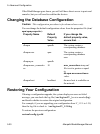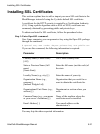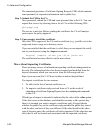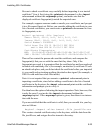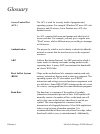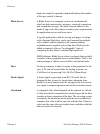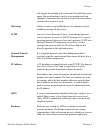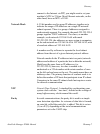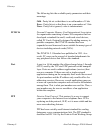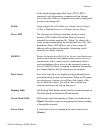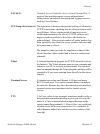Glossary
Glossary-4 AlterPath Manager E2000 Manual
Network will have the same thing as the right-hand portion of
their Domain Names (matisse.net in the examples above). It
is also possible for a Domain Name to exist but not be
connected to an actual machine. This is often done so that a
group or business can have an Internet e-mail address without
having to establish a real Internet site. In these cases, some
real Internet machine must handle the mail on behalf of the
listed Domain Name.
Escape Sequence A sequence of special characters that sends a command to a
device or program. Typically, an escape sequence begins with
an escape character, but this is not universally true.
An escape sequence is commonly used when the computer
and the peripheral have only a single channel in which to
send information back and forth. If the device in question is
"dumb" and can only do one thing with the information being
sent to it (for instance, print it) then there is no need for an
escape sequence. However most devices have more than one
capability, and thus need some way to tell data from
commands.
Ethernet A LAN cable-and-access protocol that uses twisted-pair or
coaxial cables and CSMA/CD (Carrier Sense Multiple
Access with Collision Detection), a method for sharing
devices over a common medium. Ethernet runs at 10 Mbps;
Fast Ethernet runs at 100 Mbps. Ethernet is the most common
type of LAN.
Flash Flash refers to a type of memory that can be erased and
reprogrammed in units of memory known as blocks rather
than one byte at a time; thus, making updating to memory
easier.
Flow Control A method of controlling the amount of data that two devices
exchange. In data communications, flow control prevents one
modem from "flooding" the other with data. If data comes in
faster than it can be processed, the receiving side stores the
data in a buffer. When the buffer is nearly full, the receiving



